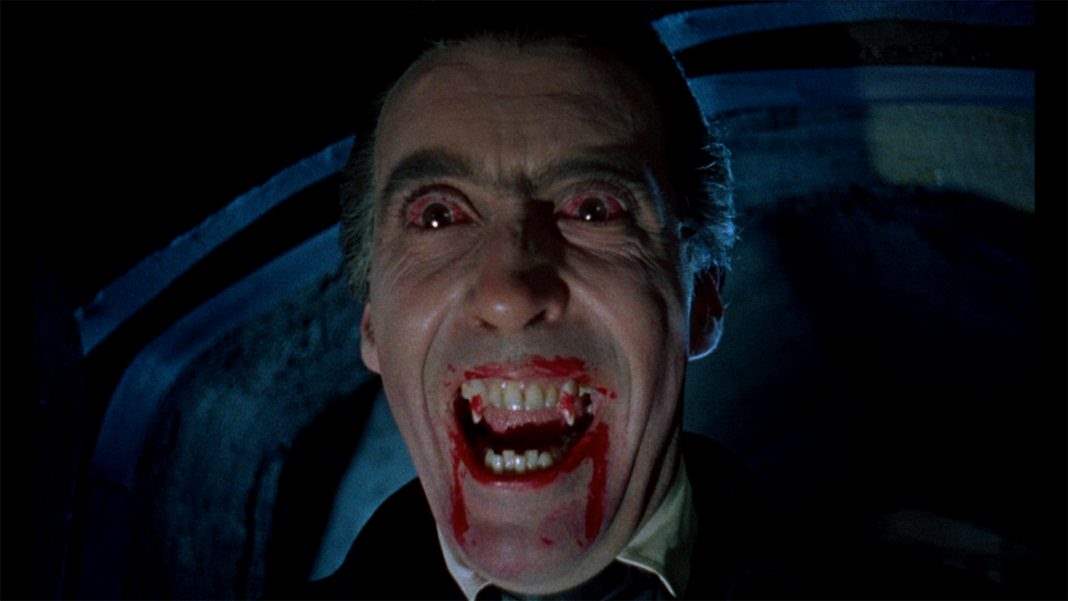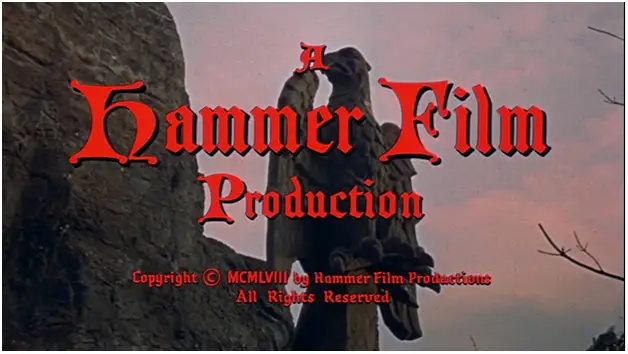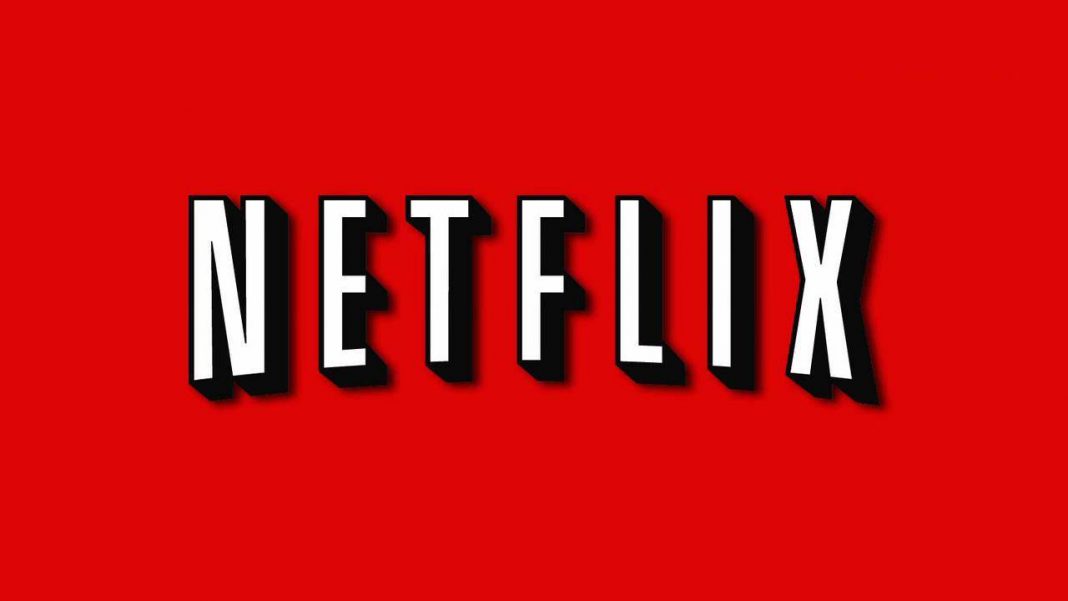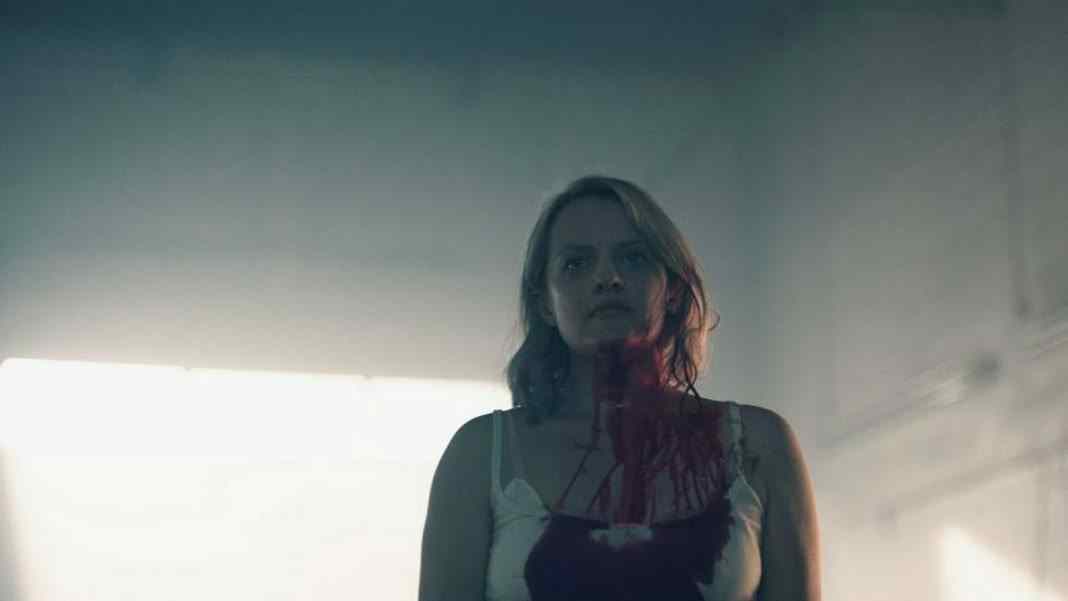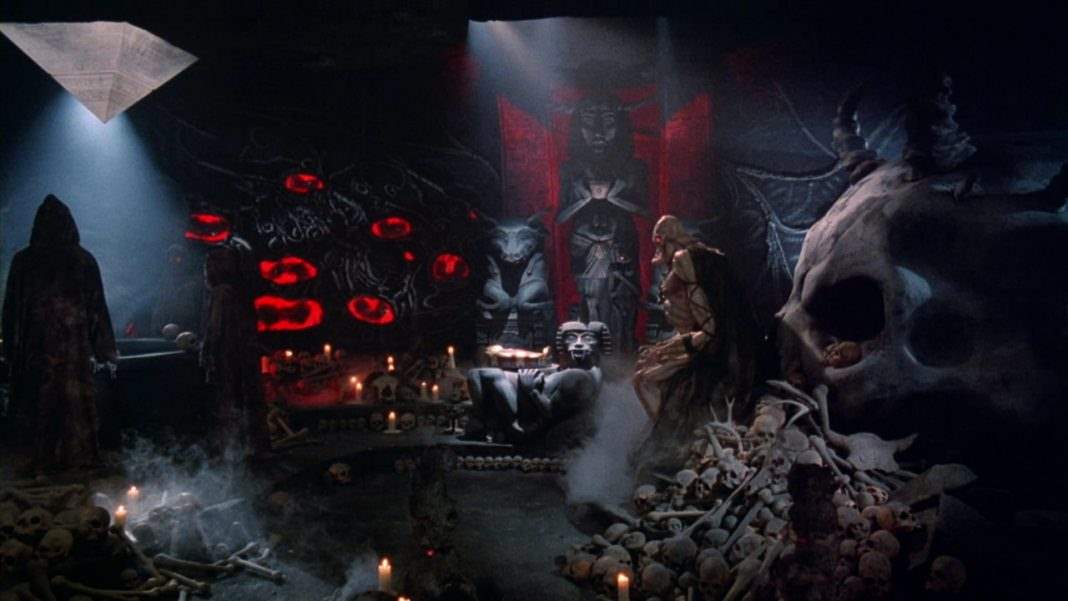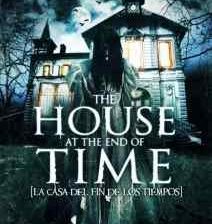From the 1930s into the early 1950s, Universal Pictures dominated the horror genre. During the age of the gothic, supernatural movie, they were king. Things began to change heading into the 1950s. Cultural fears were different, more modernized. Everything shifted to reflect the concerns of the atomic age. Horror transitioned into science fiction, which was where it remained for the bulk of the decade.
Dracula and Frankenstein had been done and, it seemed, had worn out their welcome. Universal created more sci-fi based monsters to reflect the times, like the Metaluna Mutant in This Island Earth and the Gill Man in The Creature from the Black Lagoon. While both of them achieved success, it was clear that the age of the Universal monster was over. The science fiction attempts to retell those stories, like I Was a Teenage Werewolf and I Was a Teenage Frankenstein only proved that.
It was a weird time for the genre, especially in retrospect. Now we tend to think of horror and science fiction as completely separate genres. They aren’t necessarily, but during that time there was no difference between the two. They were one and the same. Science had created a bomb that could destroy the world as we know it. Science was fear. But as more and more B-Movies about space-age creatures came and went every weekend, people started getting bored. These features were incredibly schlocky, each seemed to be made more cheaply than the last. Even more than the slasher boom of the ‘80s, the atomic age monster craze produced hundreds of pictures in a very short amount of time. By the late ‘50s, people had just about had enough of the overly campy sci-fi they saw at every turn.
See Also: Horror Remakes That Equaled Or Surpassed the Original
It was the perfect time for more traditional horror to make a comeback. Britain’s Hammer Films saw this and was, luckily, up to the challenge. Just like the onset of Universal’s monster age, Hammer opened with a one-two punch of Dracula and Frankenstein. It was a reverse of the original release, almost like a true mirror image, where Hammer’s first horror epic was Curse of Frankenstein, which was followed by Horror of Dracula, as opposed to Universal who followed Dracula with Frankenstein.Just as Universal’s first films cemented Bela Lugosi and Boris Karloff as eternal horror icons, Hammer did the same thing for Peter Cushing and Christopher Lee. The only difference was that Cushing and Lee both appeared in Curse of Frankenstein and Horror of Dracula. The two would go on to work together through many of Hammer’s subsequent productions as, like the Universal era, each monster began to spawn their own franchise.
They didn’t recapture Universal’s success by being exactly the same, though. Hammer knew these stories and these characters worked and were successful in updating them for the late 1950s and early 1960s. They were more stylish and sexualized than the earlier version and they were gorier. Much of the same criticism that remakes are faced with, even now.
Did You Know? Wicked Horror TV Has Classic and Independent Horror Films Available to Stream for Free!
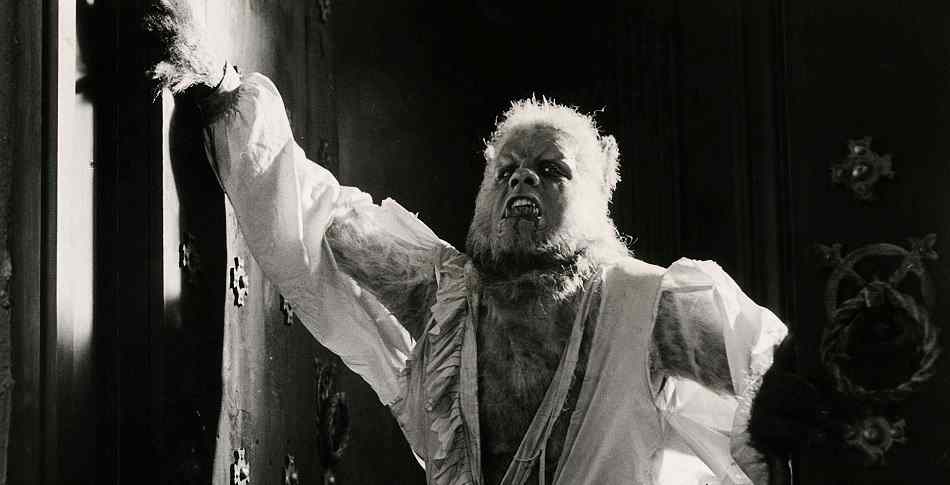 With the two Dracula features, the differences are abundantly clear. In Tod Browning’s 1931 Dracula, the Count barely even moves. He causes no death on screen and even Lucy’s vampirism, return from the grave, and staking all occur off-screen. This Dracula shows no clear signs of vampirism other than turning into a bat and his hypnotic stare. They did make fangs for him for the film, but Lugosi refused to wear them.
With the two Dracula features, the differences are abundantly clear. In Tod Browning’s 1931 Dracula, the Count barely even moves. He causes no death on screen and even Lucy’s vampirism, return from the grave, and staking all occur off-screen. This Dracula shows no clear signs of vampirism other than turning into a bat and his hypnotic stare. They did make fangs for him for the film, but Lugosi refused to wear them.
Then you compare this with Horror of Dracula, where Lee’s Count has blazing red eyes and not only has fangs, but fangs that seem to be perpetually dripping blood. While it’s still certainly tame by today’s standards, so much more is shown in this version.
One could certainly argue that one approach is simply more subtle than the other, and that’s true. But for the 1960s that lack of subtlety was exactly the shot in the arm that horror needed. Everything was heightened, everything was stylized and atmospheric. That didn’t mean that there wasn’t any substance, but the specific tone of the films were always taken into account. And it made a difference. Horror of Dracula and The Curse of Frankenstein created a new legion of monsters. The changes were necessary, even though some were forced. Because the characters were public domain, Universal realized they could copyright the specific looks of their characters, so the Hammer monsters had to be very different in appearance. That movies led to Curse of the Werewolf, The Mummy, The Phantom of the Opera and a whole new legion of Hammer re-interpretations.
They were the monsters fans remembered, but these versions were different enough to stand on their own. Hammer created a new legion of monsters that brought horror back to its roots and, at the same time, allowed for new styles and approaches to these creatures that were ultimately embraced.
